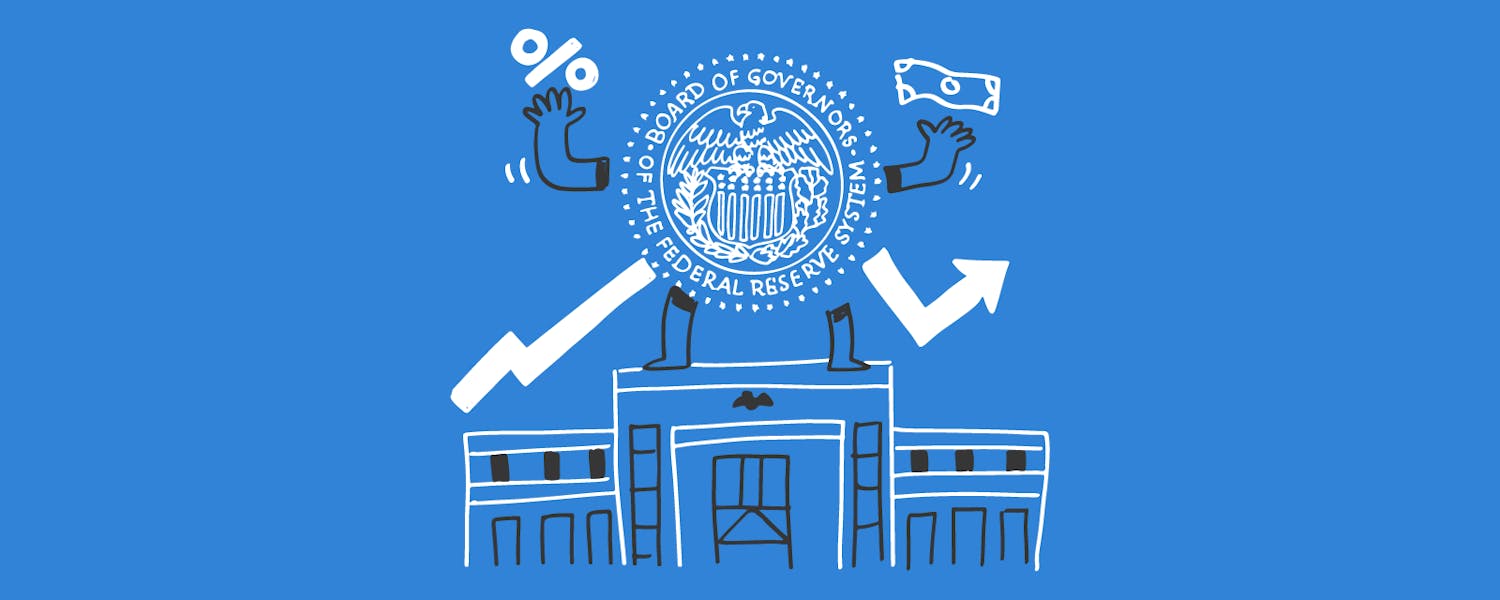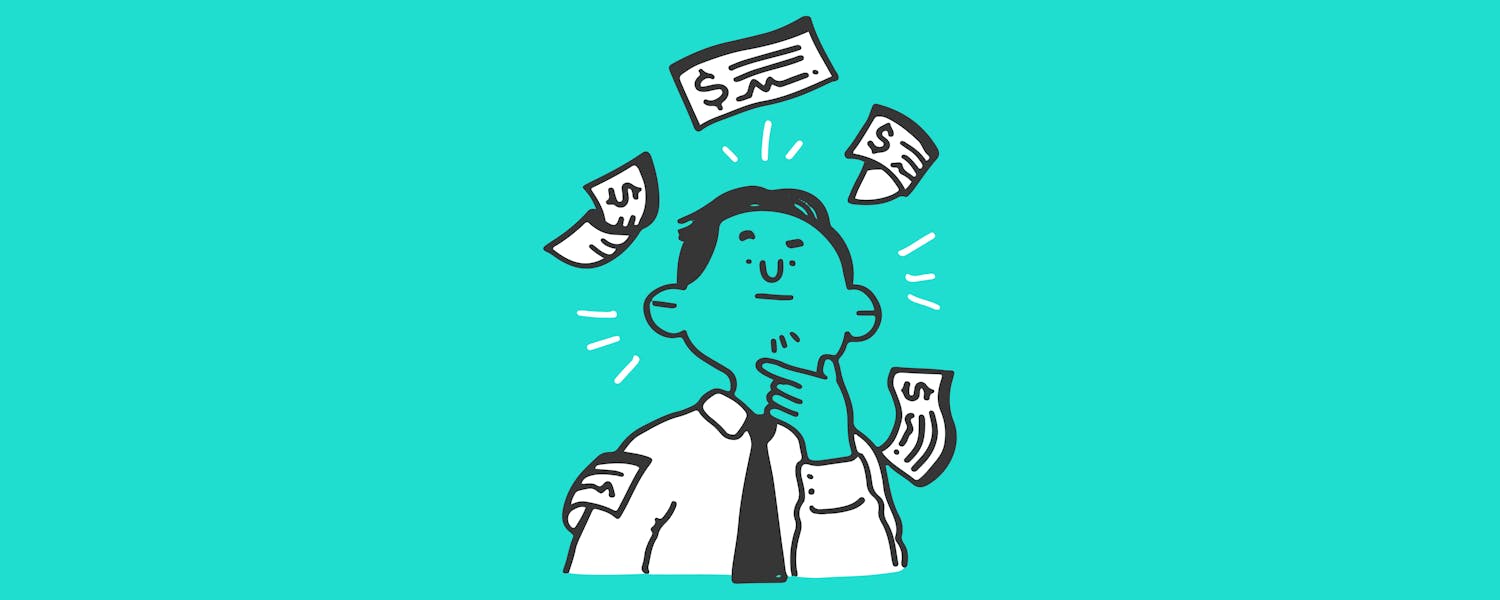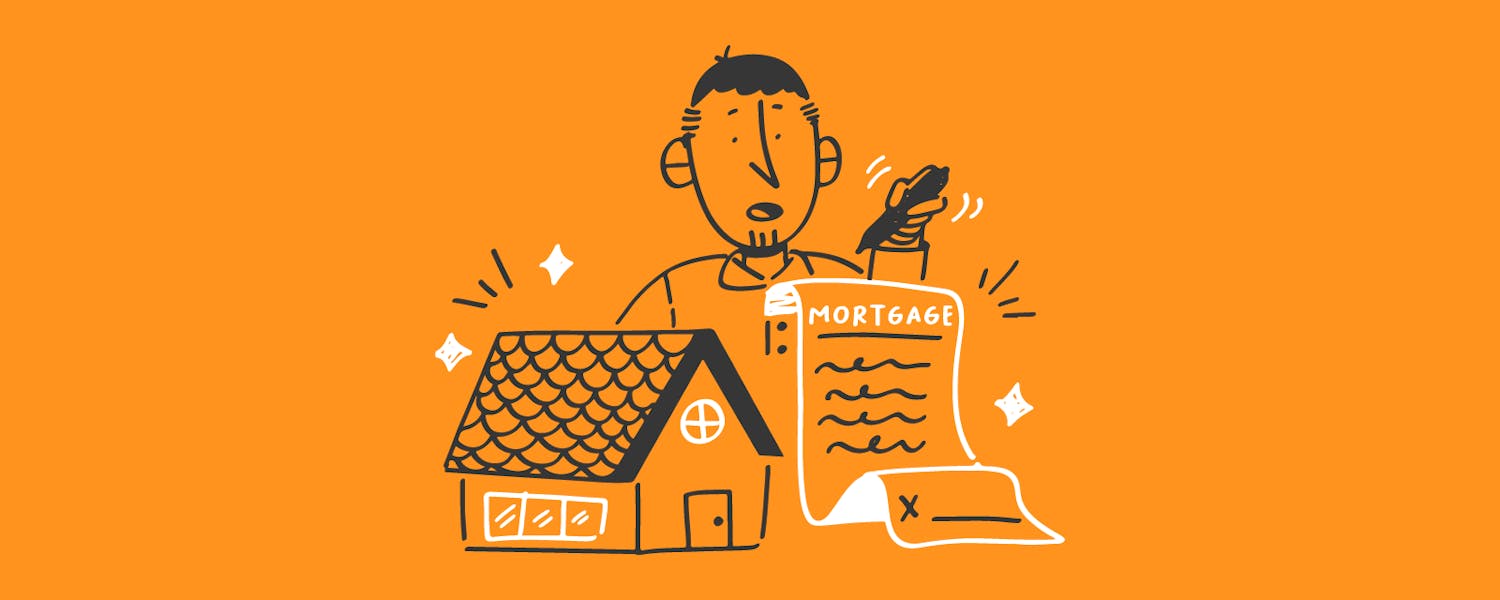What Is the Fed and Why Does It Affect Me?
Are you one of the 70% of Americans who use credit cards? Do you ever wonder why the interest rates on your credit cards keep rising and falling seemingly overnight? It all comes down to the Fed.
In this article, we'll explain what the Fed is and how it affects us as people. Then, you'll learn about inflation, market regulation, policies, and more.
We'll find out why understanding the Fed's operations is invaluable when it comes to handling your personal finances and how it affects everything from loans to interest rates, from inflation to jobs, and food prices.
What Is The Fed?
The United States monetary policies and financial system are overseen by the Federal Reserve System, also known as "the Fed."
One aspect of this is establishing the federal funds rate, which controls the economy's cost and availability of credit.
Lower interest rates make it cheaper to borrow, encouraging households and businesses to purchase goods and services, which can lead to increased employment.
Monetary policy is important in affecting inflation and jobs, but many other factors also affect these two economic indicators.
Why Does the Fed Affect Me?
The Federal Reserve affects you in many ways, from the interest rates on your credit cards to the cost of goods and services.
Raising interest rates by the Federal Reserve can affect household spending. For example, consumers are compelled to try to save more money since interest rates on savings accounts and certificates of deposit (CDs) climb.
Their regulating of interest rates affects decisions like whether to buy a bond and the rate you will be paid as well as the bond's price, or whether to buy a house. One of the ways it does this is by reducing the interest rate it charges banks.
If the interest rate that a bank must pay when borrowing money from the Fed to lend to individuals is lower, it will be less expensive for banks to lend, and they will charge a lower rate.
Or, if it thinks people should spend more money to help businesses grow and employ more people, the Fed can cut interest rates to make it more affordable to get credit cards, mortgages, and auto loans or attend college. This all affects economic growth and employment levels.
By understanding how monetary policy affects inflation, employment, and other economic indicators, you can make more informed decisions about when to borrow and save and how to go about that next investment.
The Fed and grocery prices
The Fed influences grocery prices in several ways. In the first place, it determines interest rates. Then, interest rates have an impact on the cost of borrowing money.
When interest rates are low, businesses are more willing to borrow money to expand their operations, resulting in more production and lower pricing.
Second, the Fed's policies influence the dollar's value, which then influences the cost of imported goods.
Finally, their actions also affect consumer confidence, leading to demands for goods and services.
The Fed and job creation
The Fed uses various tools to manage economic growth and employment levels. One of its most important tools is setting interest rates.
With lower rates in play, businesses are able to borrow money to expand into new projects and also hire more workers.
To further the point, when interest rates are lowered, customers have an easier time borrowing money. As a result, these loans will boost buyers' confidence in spending more, and businesses will rise to meet their demands, thus creating more jobs.
The Fed also has other tools at its disposal, such as quantitative easing, which involves buying government bonds from banks to increase the money supply. Again, this action potentially increases spending and creates job opportunities.
Job security
The Federal Reserve's monetary policy directly impacts the job market and the security of employment.
Increasing interest rates is a sweeping policy that cannot be targeted to specific areas of the economy.
Eight of the Fed's past nine tightening cycles have ended in a recession, so there is always a risk that the US central bank could do too much and cause an economic downturn.
The Fed and student loans
Student loan debt has become a major issue in recent years, with the total amount of outstanding student loan debt now exceeding $1.5 trillion.
The Fed has taken steps to help address this issue by keeping interest rates low, which helps to make student loans more affordable for borrowers.
In addition, the Fed has also implemented programs such as the Student Loan Refinancing Program, which allows borrowers to refinance their existing student loan debt at a lower rate.
The Fed and mortgages
The Federal Reserve does not directly set mortgage rates, but can influence them. For example, when the Fed raised interest rates in 2021, it caused federal mortgage interest rates to rise higher than they were in 2020.
Those with adjustable-rate mortgages and those shopping around for a mortgage were and continue to be affected by fluctuations in interest rates, while those with fixed-rate mortgages have not and will not.
The Federal Reserve's decisions on interest rates directly influence the cost of borrowing for items such as cars, homes, and credit cards, all of which can lead to more debt.
Rates rose significantly in 2021, with the average 30-year fixed-rate mortgage increasing by 3.58 percentage points since July 21st, 2021, and credit card rates reaching a record high of 19.4%.
How Rising Rates Can Benefit Savers
On the flip side of debt, rising interest rates can be a boon for savers, as they potentially earn more interest on their bank deposits.
It's possible to take advantage of rising savings interest rates by increasing the amount of money stowed in interest-bearing savings accounts.
This encourages people to save more to capitalize on greater returns. In addition, the Federal Reserve's interest rate affects the availability of money in the economy, which can influence prices for everyday items.
The Federal Reserve can encourage banks to hang onto their excess capital by increasing interest rates, dampening economic expansion, and price inflation.
On the other hand, if the Fed lowers rates, it can put more money into the economy but also open up the potential for prices to rise.
As a whole, savers benefit when interest rates rise because they have a better chance of making a profit on their assets.
Conclusion
The Federal Reserve System is a complex and powerful institution that greatly influences our country's overall economic health.
While it may seem intimidating and confusing, understanding how it works, and its implications can help you better plan for your financial future.
So next time you hear someone talking about Fed policy or interest rates, take the time to understand what's going on—it could affect you more than you think!





